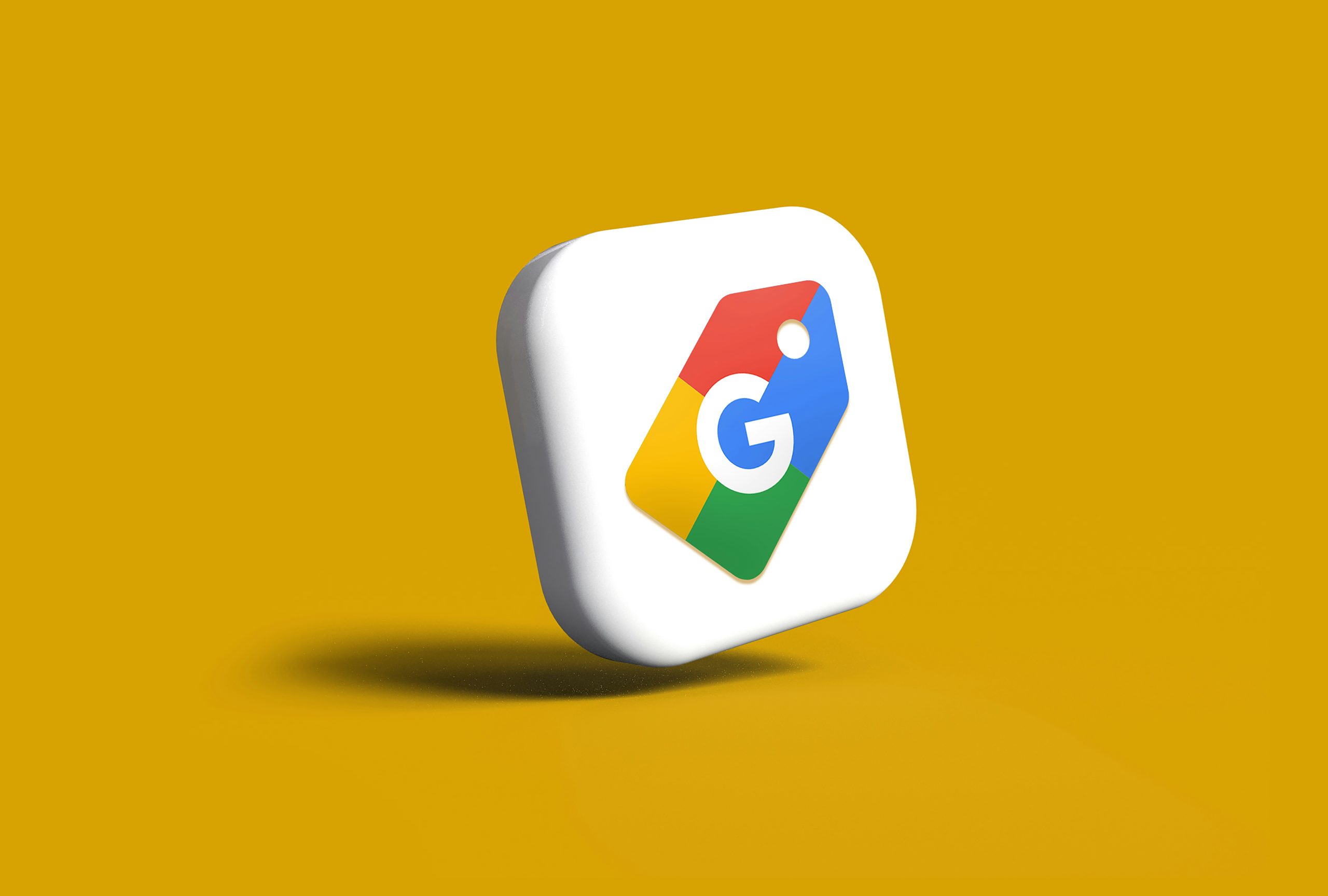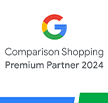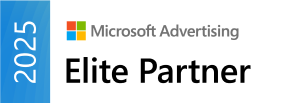Google has just introduced a new advertising format in CSS – CSS PLA (Comparison Shopping Services Product Listing Ads) – which opens up new opportunities for online sellers, performance agencies, PPC specialists and affiliate partners. But will it be a breakthrough for everyone? Where does this change come from? What exactly is it?
Google Shopping in the crosshairs of the European Commission
The online advertising market is constantly developing, and changes introduced by technology giants such as Google have a huge impact on the marketing strategies of companies from many industries.
Google Shopping has long been a leader in the category of price comparison websites (CSS – Comparison Shopping Services). In recent years, this dominance has attracted the attention of the European Commission (EC). Based on numerous lawsuits filed against Google by advertisers and publishers, the European Union’s executive body is concerned that the technology tycoon may use its position for unfair competition.
The main allegations of the EC concern, among others: favoring Google products in search results and hindering access to competitors’ offers. In response to these accusations, Google is trying to introduce a number of changes.
These changes also fit into the broader context of EU legal regulations, such as the Digital Markets Act (DMA), which aims to ensure fair competition in the digital services market. The new CSS PLA advertising format complies with these regulations, offering greater flexibility and choice when advertising your products.
The European Commission continues to monitor Google Shopping’s activities and does not rule out further steps if it considers the changes to be insufficient. The e-commerce giant therefore faces the challenge of maintaining its dominance on the European market while adapting to EU regulations. Google must find a way to balance its interests with those of consumers and other market players.
CSS PLA – what’s new in Google Shopping for e-commerce?
Until now, PLAs (Product Listing Ads) – regardless of whether they were run by sellers, agencies, or CSS partners – always linked to the seller’s website. He was the one who paid per click and his online store was the landing page for the consumer interested in further information about the product, such as price, shipping costs, reviews, etc.
The new format, i.e., CSS PLA, in turn, includes ads with a list of products that lead to the CSS partner’s product comparison website. In this case, the price comparison service provider pays for the clicks and direct traffic from the campaign is directed to it. Only at the comparison stage does a potential customer choose which offer is the most attractive for him and which seller’s website he wants to go to.
Although at the moment CSS PLA only presents the number of offers available for comparison on the website in the search engine, the final visual design of this format will probably evolve many times.
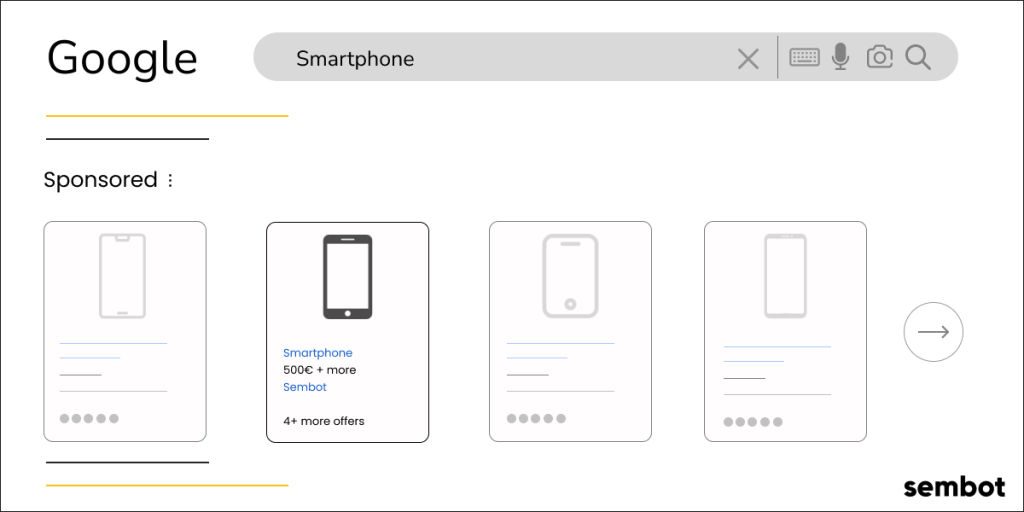
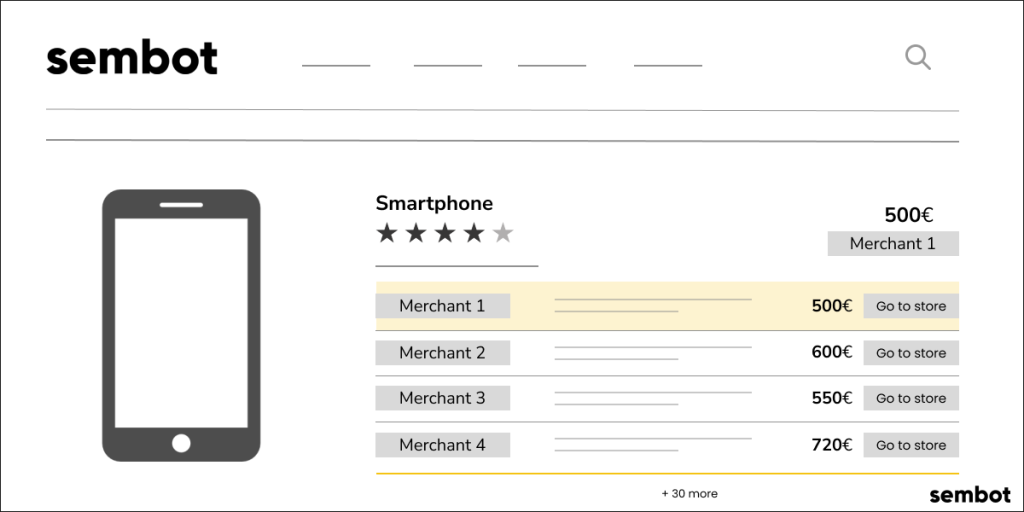
Who is CSS PLA for?
The new CSS PLA advertising format opens up opportunities for various groups of recipients operating on the e-commerce market. Here’s what it can do for each of them:
- Internet shops: it can help online sellers increase the visibility of their products and fight for customers more effectively against the competition
- performance marketing agencies: for agencies that provide advertising services for e-commerce brands, opens new possibilities for creating and optimizing campaigns and increasing ROI
- PPC specialists: creates new ways for online advertising experts to increase campaign effectiveness and achieve better results
- affiliate partners: it can help affiliate partners earn money on traffic directed from CSS ads to the websites of online stores cooperating with them
Collaboration models within CSS PLA
The new CSS PLA advertising format creates scope for cooperation between online sellers, agencies, experts, and CSS platforms. Collaboration models can include a variety of solutions, such as affiliate programs, profit-sharing agreements, and click-based models.
Here are some possibilities:
- cooperation of online stores with CSS: e-commerce brands can purchase ads on CSS sites on a pay-per-click or per-transaction basis, allowing them to reach users actively searching for specific products
- cooperation of agencies and PPC specialists with CSS: Agencies and performance marketing experts can manage their clients’ advertising campaigns within the CSS platform, offering them new opportunities to promote their products
- generating revenue via CSS from advertising on your own website: companies offering price comparison services can generate revenue from advertising displayed on their own sites
- affiliate partners earning traffic from CSS ads: affiliate partners, cooperating on a profit-sharing basis, can earn money on traffic directed from CSS ads to e-commerce websites
Benefits and risks of CSS PLA
The introduction of the new CSS PLA advertising format is a significant event on the online advertising market – both from the perspective of online sellers, marketing agencies, PPC specialists and affiliate partners. However, to use its full potential, it is important to have the appropriate knowledge. Also about the pros and cons of this change.
The most important benefits of CSS PLA are:
- increased product visibility
- reaching a wider audience
- increased sales
- better return on investment
Additionally, the new advertising format’s DMA compliance provides sellers with greater flexibility and choice when advertising products online.
However, please remember that the new advertising format also carries some risks, such as:
- price increase for clicks: „big CSS” will be introduced into the auctions, which will increase bids in order to direct traffic to themselves, which may ultimately lead to an increase in prices for clicks
- fewer places for advertisers: direct advertisers will have fewer places to display
- competition between advertisers in CSS: advertisers will compete with each other in an additional space, i.e., in CSS, where – similarly to Google PLA – they most often compete on price.
Regardless of these challenges, the new CSS advertising format is an important step towards increasing the diversity of offers and ensuring fair competition in the digital services market.
How to succeed in e-commerce with CSS PLA?
The introduction of a new advertising format in CSS is a step forward for the e-commerce and internet marketing industry. If you are an online seller, run an agency, are a PPC specialist or an affiliate partner, the CSS PLA advertising format is definitely worth considering.
If you are still hesitant, we encourage you to at least carefully observe further transformation in this area. Thanks to this, you will be able to adjust your approach at the right time to make the most of the potential of market changes.
To succeed in this new advertising environment, flexibility, and innovation in adapting marketing strategies is key. It is important that:
- get to know new advertising formats and their possibilities
- create attractive and converting ads
- effectively manage advertising campaigns
- regularly monitor campaign results and optimize them
The new CSS PLA ad format (as well as the free Organic Product Listings format appearing at the same time) may have far-reaching consequences for the entire e-commerce market. It is expected to increase competition between brands, stores and CSS services, which in turn could translate into better offers and shopping experiences for consumers.
At the same time, brands and stores that effectively use this new advertising channel can gain a significant competitive advantage and increase their market shares.
The breakthrough in online advertising has already occurred. Is your business ready for this change?

